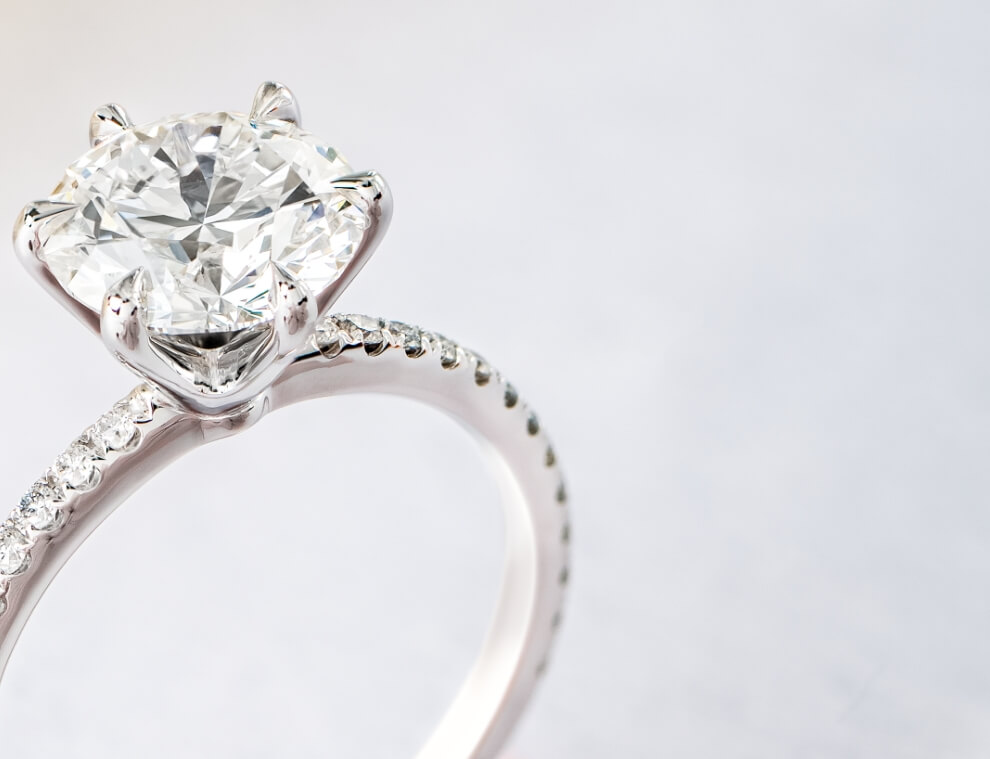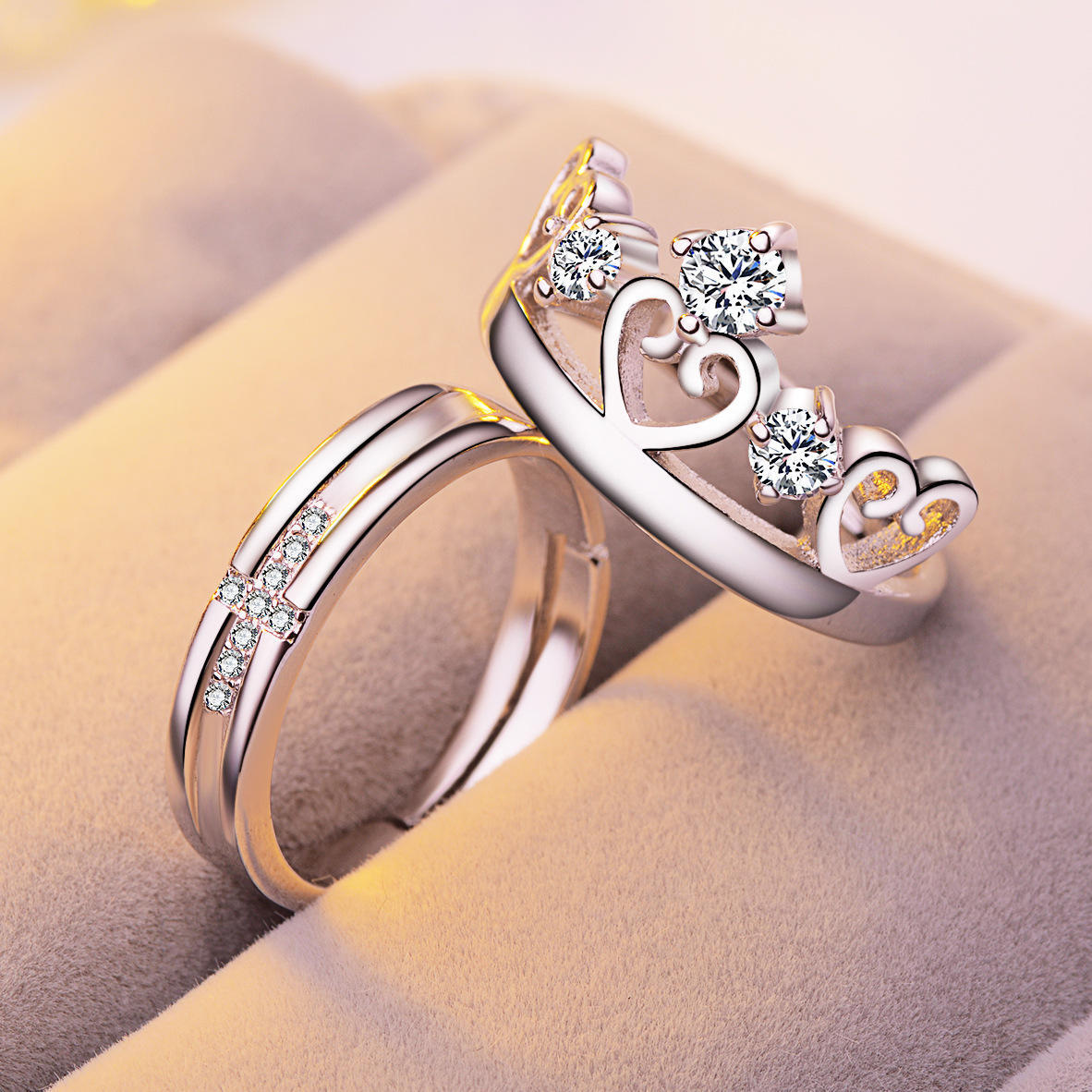Introduction
In today’s ever-evolving world, the jewelry industry is witnessing a transformative shift towards sustainability and ethical practices. One such innovation that has captured global attention is the rise of lab-grown diamonds. These gems, cultivated through advanced technological processes, promise not just brilliance and beauty, but also a sustainable alternative to traditional mined diamonds.
What are Lab-Grown Diamonds?
Lab-grown diamonds, also known as synthetic or cultured diamonds lab diamonds are the future, are created in laboratories rather than mined from the earth’s crust. Despite their origin, they possess identical physical, chemical, and optical properties to natural diamonds.
History and Evolution
The concept of lab-grown diamonds dates back to the mid-20th century, with early experiments yielding small, imperfect crystals. Over decades, significant advancements in technology have refined the process, leading to the production of high-quality diamonds that rival their natural counterparts.
Benefits of Lab-Grown Diamonds
These diamonds offer several compelling advantages. Firstly, they are environmentally friendly, requiring minimal land disruption and reducing the carbon footprint associated with mining. Ethically, they avoid the concerns related to labor practices in mining regions. Moreover, they tend to be more affordable, making luxury accessible to a broader audience.
Quality and Composition
In terms of quality, lab-grown diamonds are graded according to the same standards as natural diamonds by reputable gemological institutes. They are composed of pure carbon arranged in the crystal lattice structure characteristic of diamonds, ensuring durability and brilliance.
Popularity and Market Trends
Driven by increasing consumer awareness and preferences for sustainable products, the market for lab-grown diamonds has experienced rapid growth. Jewelers and designers are increasingly incorporating these diamonds into their collections, responding to the shift in consumer demand towards ethical sourcing.
Manufacturing Process
The process of creating lab-grown diamonds involves replicating the natural conditions under which diamonds form deep within the earth’s mantle. High-pressure, high-temperature (HPHT) and chemical vapor deposition (CVD) are the two primary methods used, each offering unique advantages in terms of scalability and precision.
Consumer Perception
The perception of lab-grown diamonds among consumers has evolved positively as awareness has grown. Factors influencing buying decisions include price, ethical considerations, and the desire for a product aligned with personal values.
Sustainability Aspects
From an environmental perspective, lab-grown diamonds contribute significantly to sustainability efforts. They reduce the demand for mining and the associated environmental impacts, offering a more eco-conscious choice for conscientious consumers.
Challenges and Limitations
However, challenges such as energy-intensive production processes and the need for further technological advancements remain. Addressing these limitations will be crucial to the continued growth and acceptance of lab-grown diamonds in the market.
Future Outlook
Looking ahead, ongoing innovations in manufacturing techniques and increasing consumer acceptance are poised to propel the lab-grown diamond market forward. With advancements in scalability and quality, these diamonds are set to become an integral part of the jewelry industry’s future landscape.
Conclusion
In conclusion, lab-grown diamonds represent not just a technological marvel but a sustainable and ethical choice for consumers worldwide. As the demand for responsibly sourced luxury grows, these diamonds offer a compelling alternative to mined stones, promising a future where beauty meets innovation without compromising on principles.





